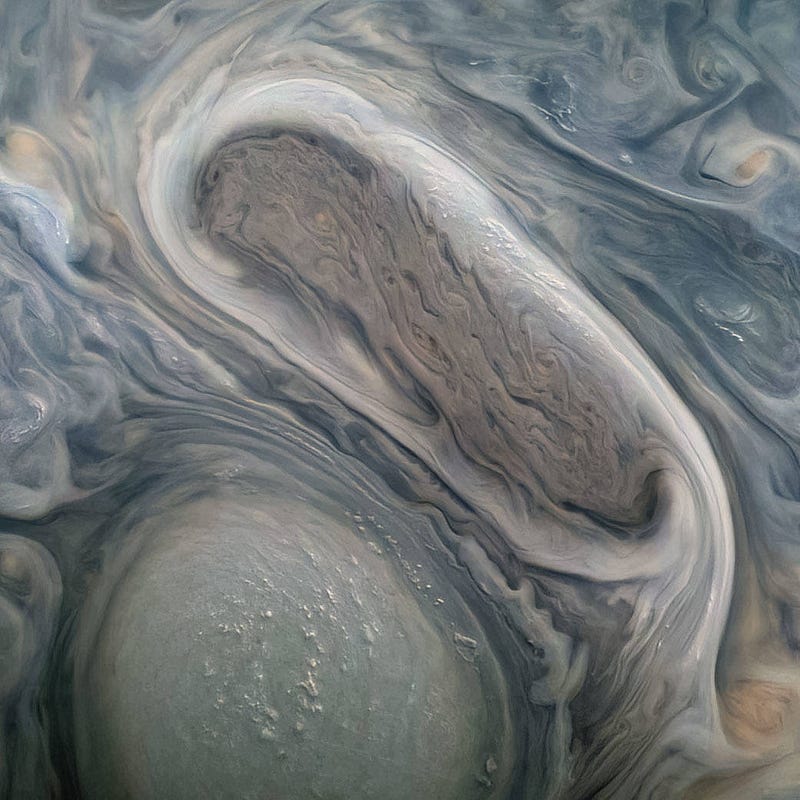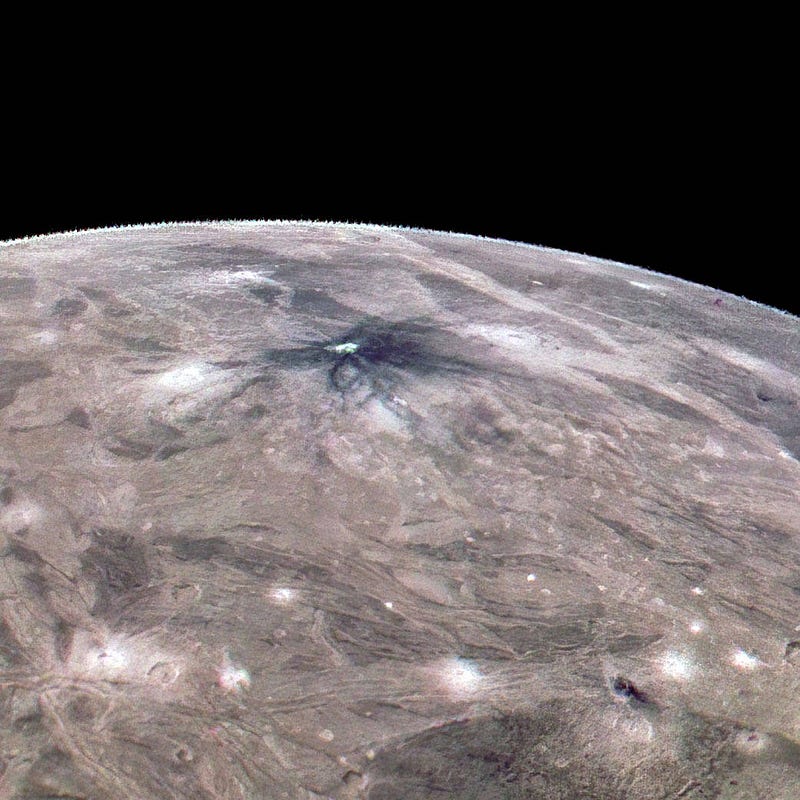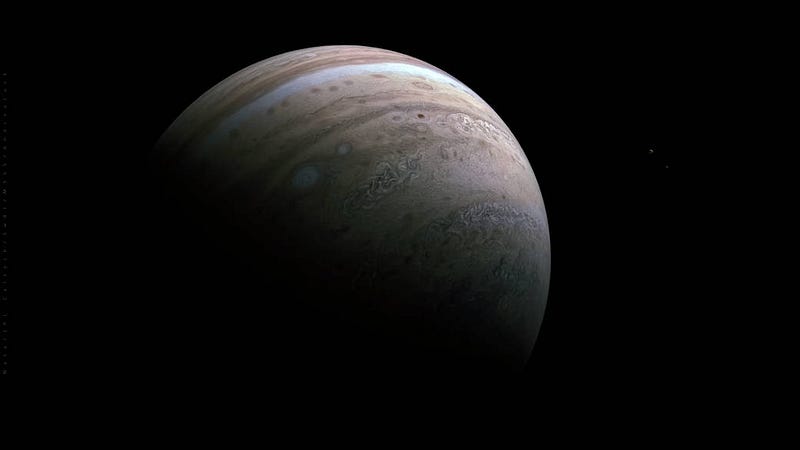A New Era of Space Photography: Stunning Jupiter Images
Written on
Chapter 1: The Dawn of a New Photographic Era
2022 marks a significant milestone in the realm of deep space photography. The excitement surrounding the James Webb Space Telescope's successful deployment has captivated audiences worldwide. Meanwhile, another remarkable mission, NASA's Juno, has been diligently operating in the depths of space, gathering invaluable data.
Launched in 2011 and arriving at Jupiter in 2016, Juno has been dedicated to exploring the gas giant and its moons in unprecedented detail. This mission has resulted in a treasure trove of stunning photographs of Jupiter and its satellites, which NASA has gradually unveiled over recent months.
Since its arrival, the Juno spacecraft has been orbiting the largest planet in our solar system, collecting new information about Jupiter's atmosphere and delving into the secrets of its most notable moons, all while capturing breathtaking images. The mission is set to continue its close encounters with Jupiter until 2024, ensuring a steady stream of incredible photographs.
Section 1.1: Iconic Images from the Juno Mission
- The Little Red Spot

This image showcases a small but striking feature that resembles Jupiter's Great Red Spot. Captured in September 2021 from an altitude of over 16,000 miles, this remarkable shot was made public in November.
- Artistic Storms

This photograph depicts two enormous storms rotating around one another in Jupiter's atmosphere. The image appears almost painterly, capturing a dynamic scene of turbulent natural forces. Released in December 2021, this stunning visual emerged after Juno's 38th pass around Jupiter.
- The Great Red Spot Revealed

This close-up shot of the Great Red Spot reveals new findings from Juno, indicating that the storm extends deeper and wider than previously believed, with walls that may plunge up to 300 miles into Jupiter's atmosphere.
- A Blotchy Crater on Ganymede

In February 2022, NASA unveiled this image showcasing a significant crater on Ganymede, Jupiter's largest moon. Juno passed within 650 miles of the moon, capturing the scarred surface that speaks to its violent past.
- Jupiter's Moons

In this striking image, two of Jupiter's moons, Io and Europa, are seen against the backdrop of the planet. This photograph represents one of the finest captures of Jupiter and its moons in recent times.

Here’s a closer look at the moons, demonstrating the impressive detail that Juno can capture, despite the challenges of photographing from a spacecraft traveling thousands of miles per hour.
Section 1.2: Conclusion and Future Discoveries
The Juno mission is expected to continue for several more years, promising to unveil further secrets of Jupiter and its many unique moons. As the James Webb Telescope also begins to provide new images, we are truly entering an exciting golden age of space photography.


The first video showcases NASA's stunning new images of Jupiter captured by the James Webb Space Telescope, offering viewers an exciting glimpse into our solar system.
The second video discusses the most remarkable space discoveries of 2022, featuring breathtaking images of Jupiter and its moons.